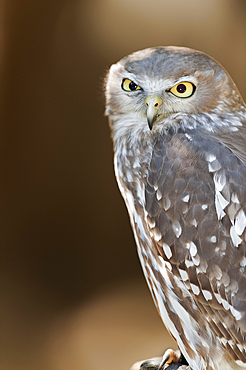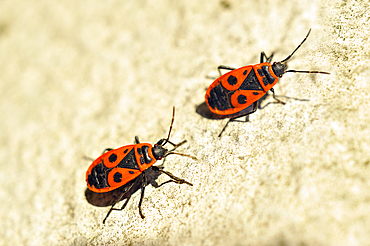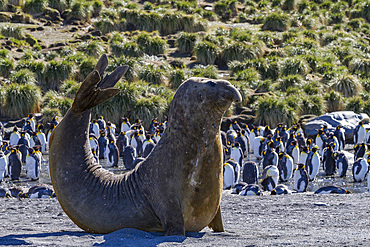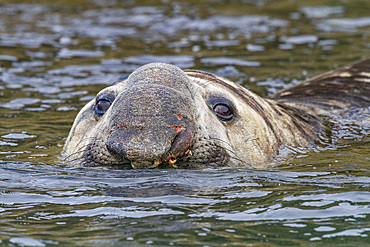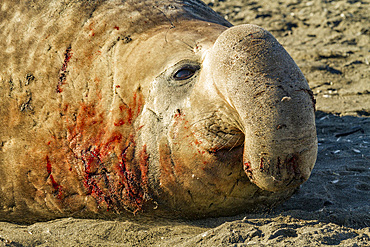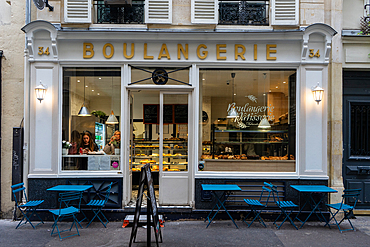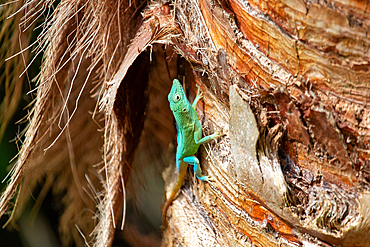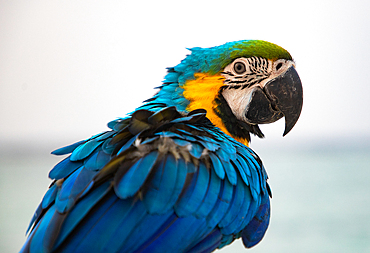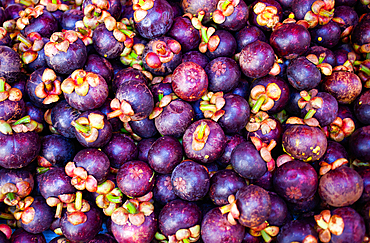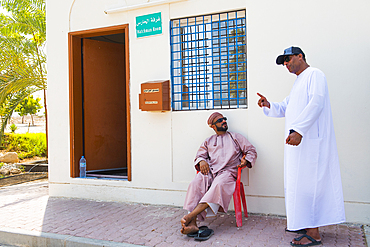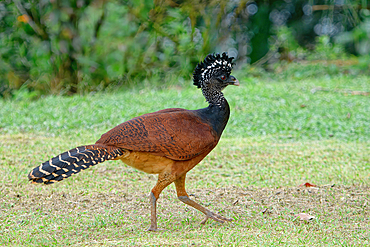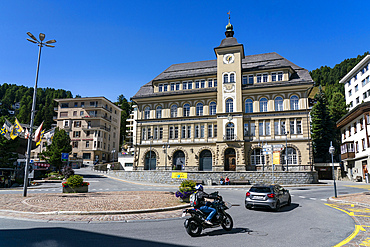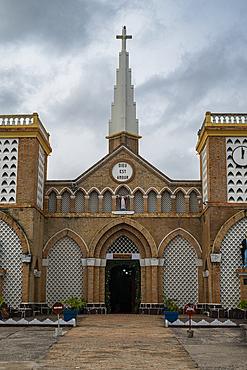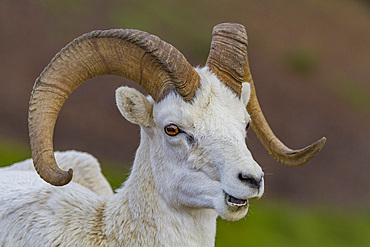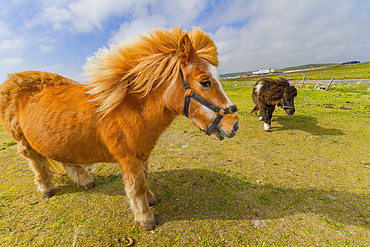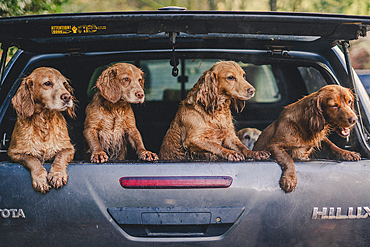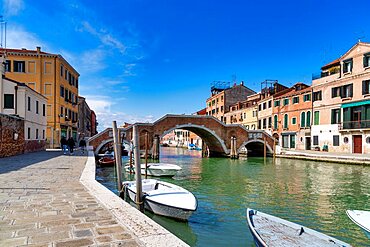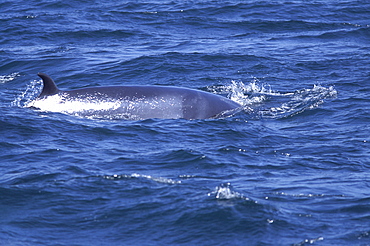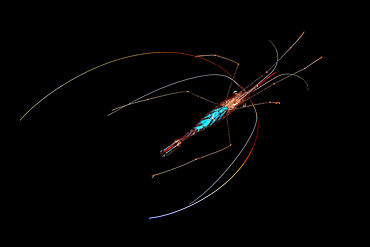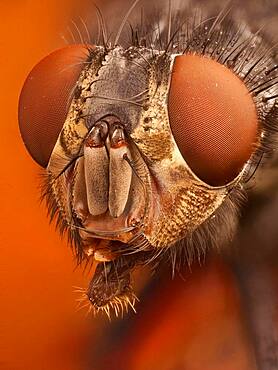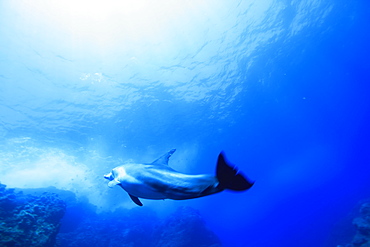Results
56 results found
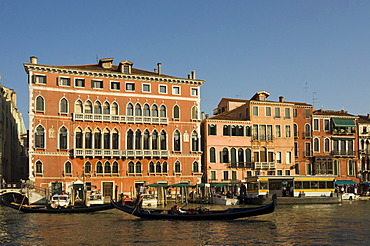
Gothic Palazzo Bembo, 15th century Palace in San Marco district near Rialto Bridge, Grand Canal, Venice, Veneto, Italy, Europe
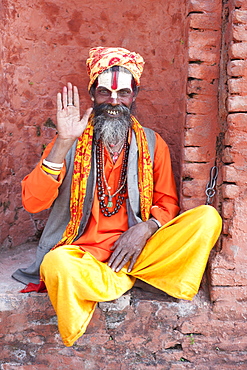
Sadhu (Holy Man) wearing brightly coloured clothing and characteristic facial painting at Pashupatinath Temple, Kathmandu, Nepal, Asia
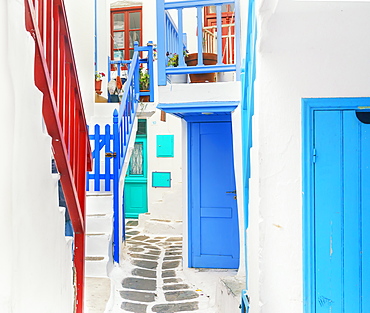
Characteristic colourful staircases, Mykonos Town, Mykonos, Cyclades Islands, Greek Islands, Greece, Europe
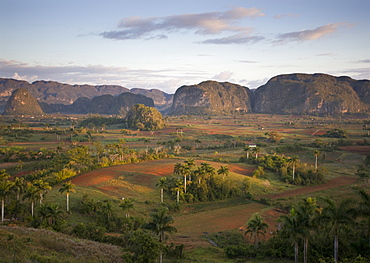
View of Vinales Valley at dawn from grounds of Hotel Los Jasmines showing limestone hills known as Mogotes characteristic of the region, near Vinales, Pinar Del Rio, Cuba, West Indies, Central America
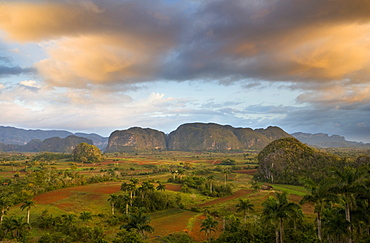
View of Vinales Valley at dawn from grounds of Hotel Los Jasmines showing limestone hills known as Mogotes characteristic of the region, near Vinales, Pinar Del Rio, Cuba, West Indies, Central America
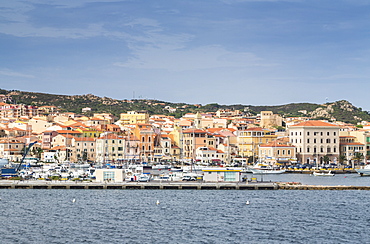
View of the characteristic harbour and blue sea of Caprera, La Maddalena Island, Sardinia, Italy, Mediterranean, Europe
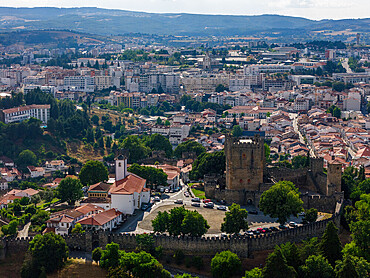
Bragança Castle, one of the most characteristic examples of medieval architecture, was built in 1409 on the orders of king João I on foundations dating back to the times of the first king of Portugal, Afonso Henriques
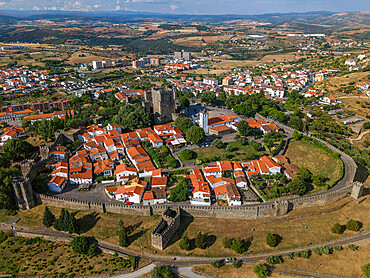
Bragança Castle, one of the most characteristic examples of medieval architecture, was built in 1409 on the orders of king João I on foundations dating back to the times of the first king of Portugal, Afonso Henriques
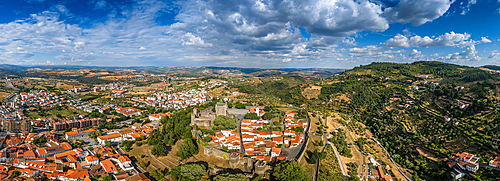
Aerial panoramic view of Bragança Castle, one of the most characteristic examples of medieval architecture, was built in 1409 on the orders of king João I on foundations dating back to the times of the first king of Portugal, Afonso Henriques
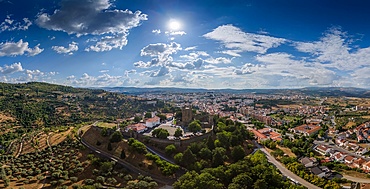
Aerial panoramic view of Bragança Castle, one of the most characteristic examples of medieval architecture, was built in 1409 on the orders of king João I on foundations dating back to the times of the first king of Portugal, Afonso Henriques
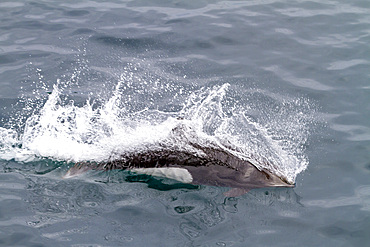
Adult Dall's porpoise (Phocoenoides dalli) surfacing with characteristic rooster tail splash in Johnstone Strait, British Columbia, Canada, North America
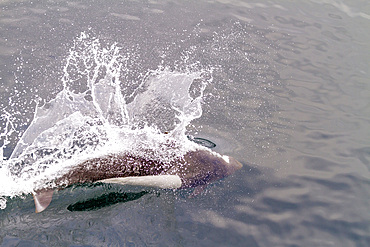
Adult Dall's porpoise (Phocoenoides dalli) surfacing with characteristic rooster tail splash in Johnstone Strait, British Columbia, Canada, North America
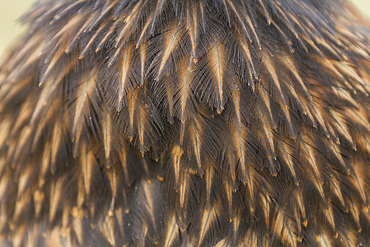
Striated caracara (Phalcoboenus australis) feather detail, on Carcass Island in the Falkland Islands, South Atlantic Ocean, South America
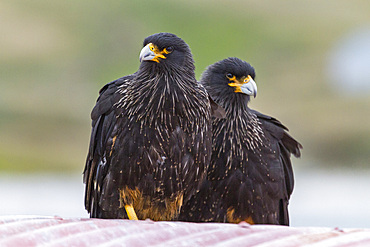
Adult striated caracaras (Phalcoboenus australis) on Carcass Island in the Falkland Islands, South Atlantic Ocean, South America
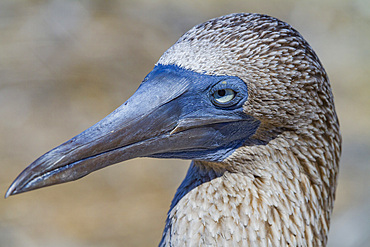
Adult blue-footed booby (Sula nebouxii) in the Galapagos Island Archipelago, UNESCO World Heritage Site, Ecuador, South America
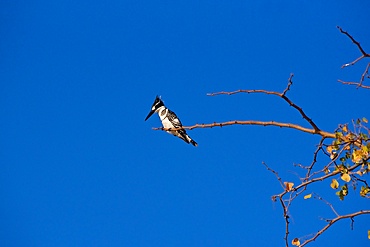
Pied Kingfisher (Ceryle Rudis), perched on acacia branch against a deep blue sky, Chobe National Park, Botswana, Africa
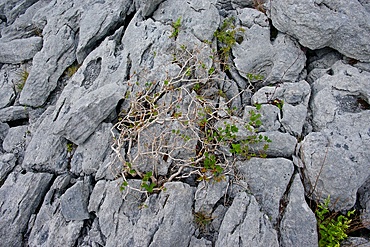
Guelder rose, Viburnum opulus, Growing in Limestone Pavement, natural bonsai, dwarfed, The Burren, County Clare, Ireland
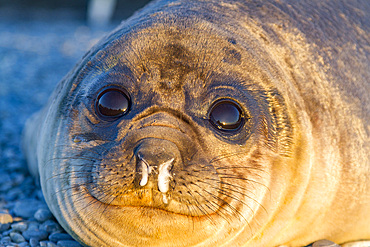
Southern elephant seal (Mirounga leonina) pup, called weaners once their mothers stop nursing, South Georgia Island, Southern Ocean
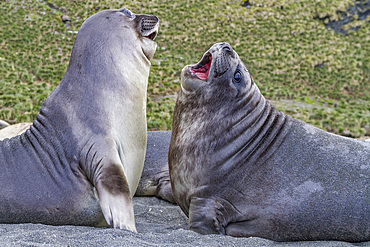
Male southern elephant seal (Mirounga leonina) pups mock fighting on South Georgia Island, Southern Ocean
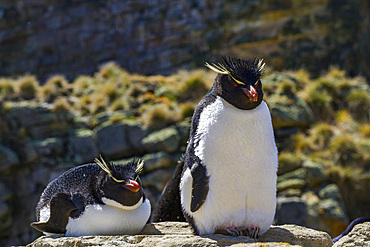
Adult rockhopper penguins (Eudyptes chrysocome chrysocome) at breeding and molting colony on New Island, Falkland Islands
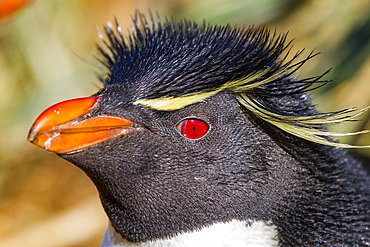
Adult rockhopper penguin (Eudyptes chrysocome chrysocome) at breeding and molting colony on New Island, Falkland Islands
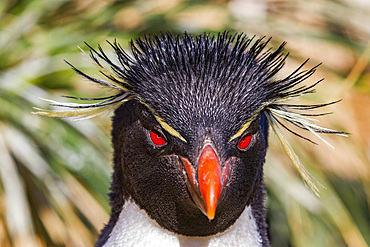
Adult rockhopper penguin (Eudyptes chrysocome chrysocome) at breeding and molting colony on New Island, Falkland Islands
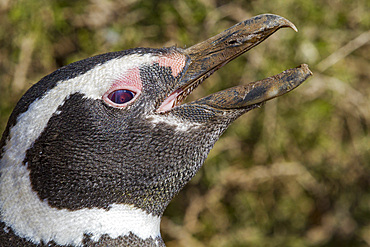
Magellanic penguin (Spheniscus magellanicus) at a breeding and molting site in Estancia San Lorenzo, Argentina
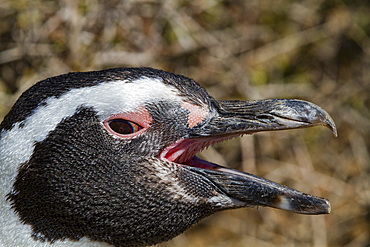
Magellanic penguin (Spheniscus magellanicus) at a breeding and molting site in Estancia San Lorenzo, Argentina
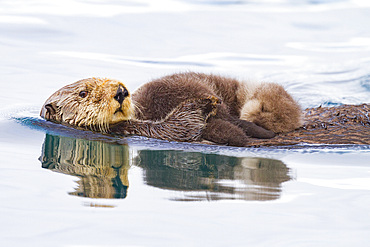
Adult sea otter (Enhydra lutris kenyoni) mother and pup in Inian Pass, Southeastern Alaska, United States of America
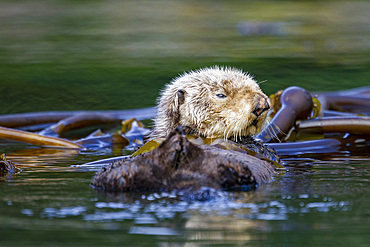
Adult sea otter (Enhydra lutris kenyoni) in kelp bed in Inian Pass, Southeastern Alaska, United States of America
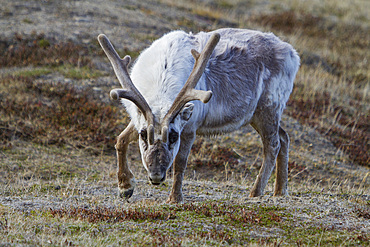
Adult Svalbard reindeer (Rangifer tarandus platyrhynchus) grazing within the town limits of Longyearbyen, Svalbard, Norway
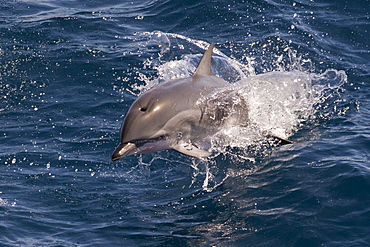
Clymene dolphin (Stenella clymene) porpoising towards the photographer, showing characteristic black beak markings, Senegal, West Africa, Africa
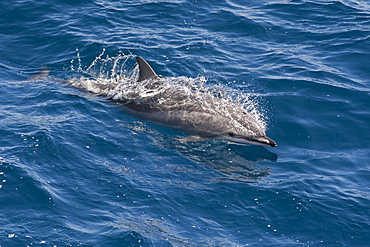
Clymene dolphin (Stenella clymene) breaking the surface, showing characteristic markings on face and flanks, Senegal, West Africa, Africa
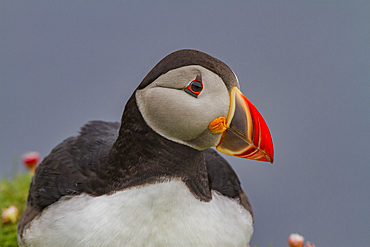
Adult Atlantin puffin (Fratercula arctica) during breeding season on Sumburgh Head, Shetlands, Scotland, United Kingdom
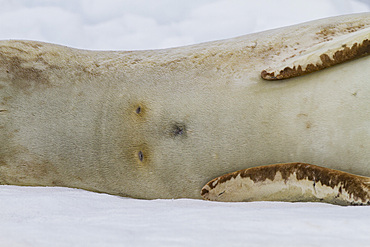
Adult female leopard seal (Hydrurga leptonyx) hauled out on ice at Brown Bluff near the Antarctic Peninsula, Antarctica, Polar Regions
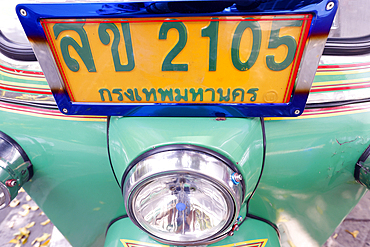
Close up of registration plate of a Tuk Tuk, a taxi characteristic of South East Asia, Bangkok, Thailand, Southeast Asia, Asia
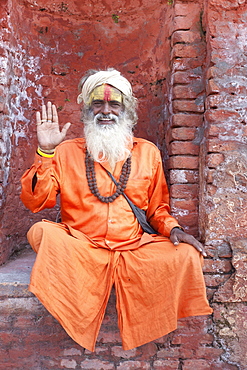
Sadhu (Holy Man) wearing brightly coloured clothing and characteristic facial painting at Pashupatinath Temple, Kathmandu, Nepal, Asia
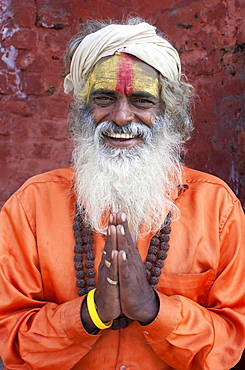
Sadhu (Holy Man) wearing brightly coloured clothing and characteristic facial painting at Pashupatinath Temple, Kathmandu, Nepal, Asia
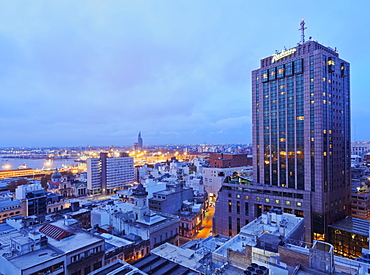
Elevated view of the City Centre with the characteristic building of the Radisson Hotel, Montevideo, Uruguay, South America
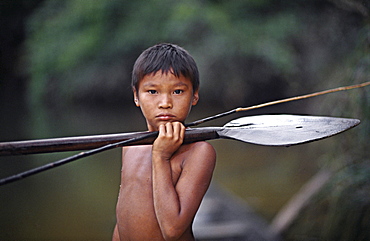
The idea of the interconnectedness of all things is central to the tribal way of looking at the world. practical knowledge of the environment, of crops and medicines, of hunting and fishing, is a byproduct of it. the makuna believe that human beings, animals, and all of nature are parts of the same one. animals and fish live in their own communities, which are just like human communities, with their chiefs, their shamans, their dance houses, their songs, and their material possessions. when human peoples dance in this world, the shaman invites the animal people to dance in theirs. if humans do not dance and shamans do not offer spirit food to the animal people, the animals will die out and there will be no more game left in the world. for the makuna the radical disjunction so characteristic of western thought between nature and culture, men and animals, dissolves. eastern colombia amazon, vaupes region, population: 600
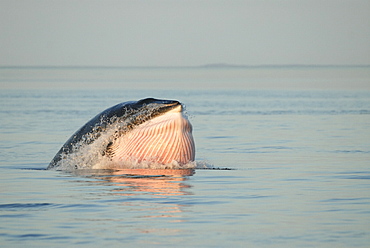
A perfect oblique lunge of a Minke whale (Balaenoptera acutorostrata) surface feeding in the early evening. Its Grooves are expanded and water is purged out, two main characteristics of a feeding strike. St. Lawrence estuary, Canada
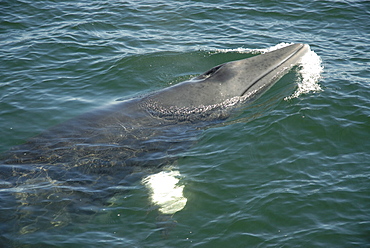
The white flipper band of a Minke whale (Balaenoptera acutorostrata) is visible through the greenish water. This distinctive feature is characteristic of Minke whales of the northern hemisphere and the most obvious difference to their relatives in the Antarctic. St. Lawrence estuary, Canada
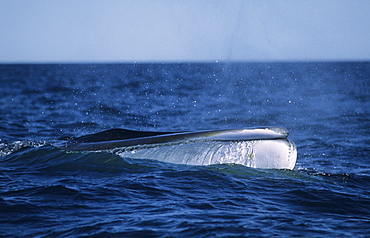
The white tip of a Finback whaleÌs (Balaenoptera physalus) snout showing a distinctive characteristic of this species; the lower right jaw is white in colour whereas the left side is dark. Gasp», Canada
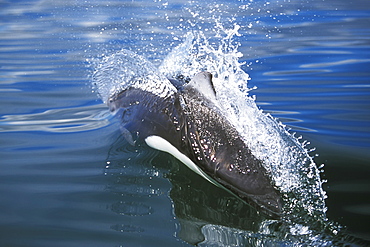
Adult Dall's Porpoise (Phocoenoides dalli) surfacing with characteristic "rooster tail" splash in Icy Strait, Southeast Alaska, USA. Pacific Ocean.
(Restricted Resolution - pls contact us)
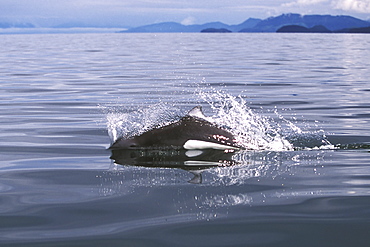
Adult Dall's Porpoise (Phocoenoides dalli) surfacing with characteristic "rooster tail" splash in Icy Strait, Southeast Alaska, USA. Pacific Ocean.
(Restricted Resolution - pls contact us)
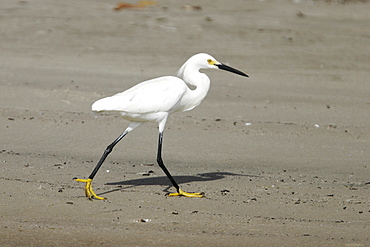
Adult Snowy Egret (Egretta thula) foraging at low tide on Isla Magdalena, Baja, Mexico. Note the characteristic golden feet and black legs, the field characteristics of this species.
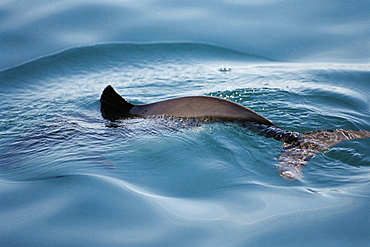
Harbour porpoise (Phocoena phocoena) with tail visible through the water and characteristic triangular dorsal fin just leaving the surface. Hebrides, Scotland
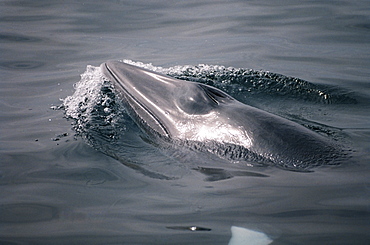
Minke whale (Balaenoptera acutorostrata) at the surface to breath with blow hole open. Characteristic white bands on the flipper visible thorugh the water. Hebrides, Scotland (1 of 2 images).
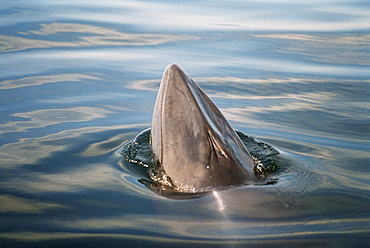
Minke whale (Balaenoptera acutorostrata) showing the characteristic single ridge down between the blow hole and rostrum. Hebrides, Scotland
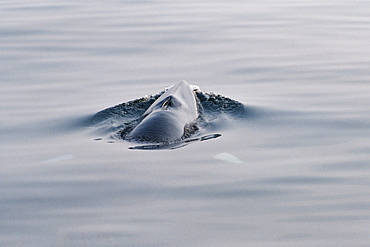
Minke whale (Balaenoptera acutorostrata) surfacing for air with characteristic white bands on its flippers visible through the water on each side . Hebrides, Scotland

Minke whale (Balaenoptera acutorostrata) surfacing towards the camera with characteristic white bands on each flipper visible through the water. Hebrides, Scotland
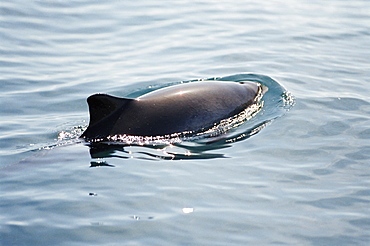
Harbour porpoise (Phocoena phocoena) showing characteristic pigmentation on its flanks and triangular dorsal fin. Hebrides, Scotland
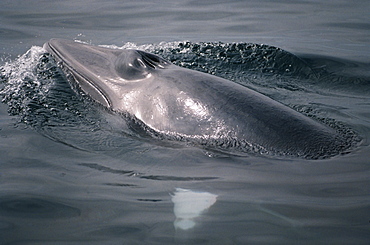
Minke whale (Balaenoptera acutorostrata) at the surface to breath with blow hole open. Characteristic white bands on the flipper visible thorugh the water. Hebrides, Scotlan
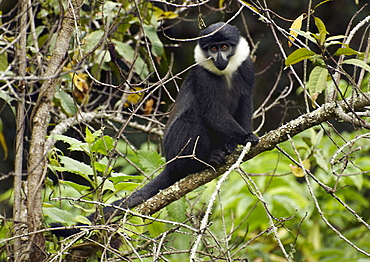
L'Hoest's Monkey (Cercopithecus lhoesti), or Mountain Monkey, is a guenon found in the upper eastern Congo basin. They mostly live in mountainous forest areas in small, female-dominated groups. They have a dark coat and can be distinguished by a characteristic white beard. Gikongoro, Rwanda, East Africa
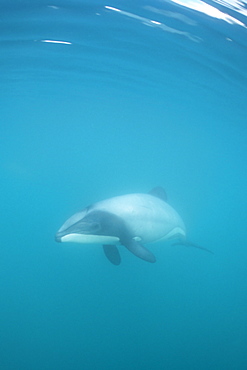
Hector's dolphin (Cephalorhynchus hectori) approaching camera, showing characteristic dorsal fin.
Akaroa, New Zealand.
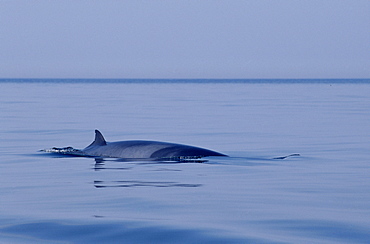
Minke whale (Balaenoptera acutorostrata) showing characteristic shevron pigmentation and dorsal fin set relatively far down the back. Hebrides, Scotland.

Blue whale (Balaenoptera muscularis) showing characteristic column of spray as it breaths. Aerial photograph. Husavik, Iceland (RR)
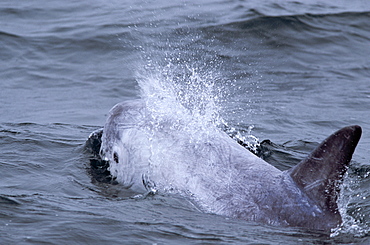
Risso's dolphin (Grampus griseus) with its eye and blow visible and characteristic scarring over its body and dorsal fin. Hebrides, Scotland.
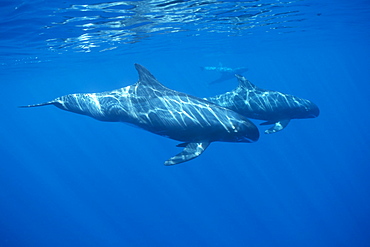
Pygmy killer whale (Feresa attenuata) travelling pod in dappled light, sowing characteristic long pectoral fins.
Hawaii.

Pygmy killer whale (Feresa attenuata) travelling pod in dappled light, sowing characteristic long pectoral fins.
Hawaii.
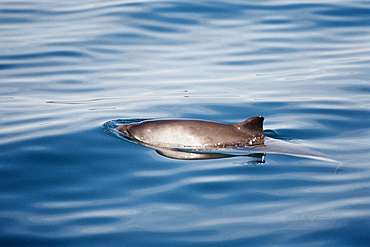
Harbour porpoise (Phocoena phocoena) showing characteristic pigmentation on its flanks and triangular dorsal fin. Hebrides, Scotland
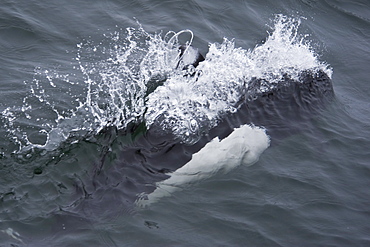
Dalls Porpoise (Phocoenoides dalli) adult surfacing at great speed. Monterey, California, Pacific Ocean. MORE INFO: Displaying characteristic spray of water known as a rooster tail.

Hawaiian spinner dolphin (Stenella longirostris lngirostris) showing characteristic dorsal fin and long snout. Hawaii, USA.
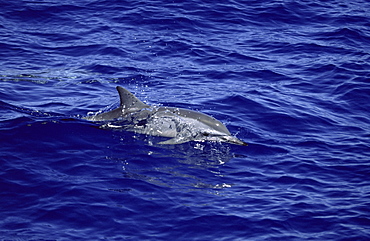
Hawaiian spinner dolphin (Stenella longirostris lngirostris) showing characteristic dorsal fin and long snout. Hawaii, USA.
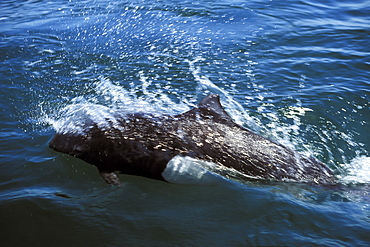
Adult Dall's Porpoise (Phocoenoides dalli) surfacing (note characteristic "rooster tail" splash from body) in the San Juan Islands, Washington State, USA.
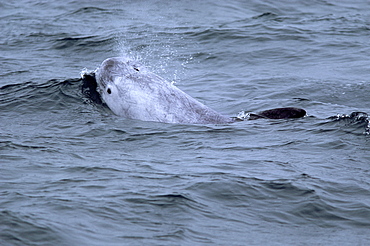
Risso's dolphin (Grampus griseus) with its eye and blow visible and characteristic scarring over its body. Hebrides, Scotland.
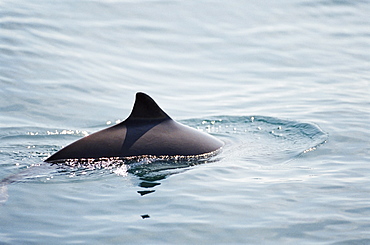
Harbour porpoise (Phocoena phocoena) showing characteristic triangular dorsal fin. Hebrides, Scotland

The characteristic caudal "knuckles" of an adult California Gray Whale (Eschrichtius robustus) in San Ignacio Lagoon, Baja Peninsula, Baja California Sur, Mexico
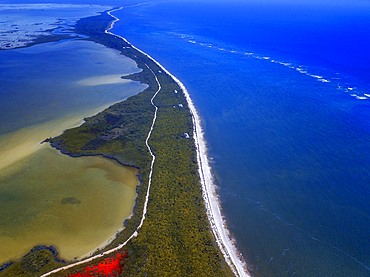
Aerial view of Punta Allen Sian Ka'an Reserve, Yucatan Peninsula, Mexico. Red lagoon near Boca Paila Bridge.
In the language of the Mayan peoples who once inhabited this region, Sian Ka'an means Origin of the Sky. Located on the east coast of the Yucatán peninsula, this biosphere reserve contains tropical forests, mangroves and marshes, as well as a large marine section intersected by a barrier reef. It provides a habitat for a remarkably rich flora and a fauna comprising more than 300 species of birds, as well as a large number of the region's characteristic terrestrial vertebrates, which cohabit in the diverse environment formed by its complex hydrological system.
Along its roughly 120 kilometres of coastline, the property covers over 400,000 hectares of land ranging from sea level to only ten m.a.s.l. The property boasts diverse tropical forests, palm savannah, one of the most pristine wetlands in the region, lagoons, extensive mangrove stands, as well as sandy beaches and dunes. The 120,000 hectares of marine area protect a valuable part of the Mesoamerican Barrier Reef and seagrass beds in the shallow bays. The lush green of the forests and the many shades of blue of the lagoons and the Caribbean Sea under a wide sky offer fascinating visual impressions.
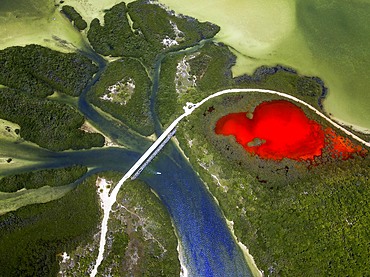
Aerial view of Punta Allen Sian Ka'an Reserve, Yucatan Peninsula, Mexico. Red lagoon near Boca Paila Bridge.
In the language of the Mayan peoples who once inhabited this region, Sian Ka'an means Origin of the Sky. Located on the east coast of the Yucatán peninsula, this biosphere reserve contains tropical forests, mangroves and marshes, as well as a large marine section intersected by a barrier reef. It provides a habitat for a remarkably rich flora and a fauna comprising more than 300 species of birds, as well as a large number of the region's characteristic terrestrial vertebrates, which cohabit in the diverse environment formed by its complex hydrological system.
Along its roughly 120 kilometres of coastline, the property covers over 400,000 hectares of land ranging from sea level to only ten m.a.s.l. The property boasts diverse tropical forests, palm savannah, one of the most pristine wetlands in the region, lagoons, extensive mangrove stands, as well as sandy beaches and dunes. The 120,000 hectares of marine area protect a valuable part of the Mesoamerican Barrier Reef and seagrass beds in the shallow bays. The lush green of the forests and the many shades of blue of the lagoons and the Caribbean Sea under a wide sky offer fascinating visual impressions.
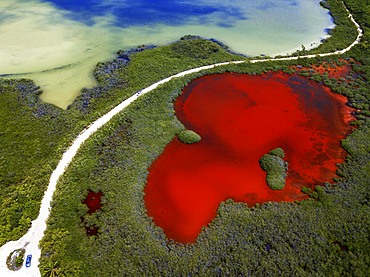
Aerial view of Punta Allen Sian Ka'an Reserve, Yucatan Peninsula, Mexico. Red lagoon near Boca Paila Bridge.
In the language of the Mayan peoples who once inhabited this region, Sian Ka'an means Origin of the Sky. Located on the east coast of the Yucatán peninsula, this biosphere reserve contains tropical forests, mangroves and marshes, as well as a large marine section intersected by a barrier reef. It provides a habitat for a remarkably rich flora and a fauna comprising more than 300 species of birds, as well as a large number of the region's characteristic terrestrial vertebrates, which cohabit in the diverse environment formed by its complex hydrological system.
Along its roughly 120 kilometres of coastline, the property covers over 400,000 hectares of land ranging from sea level to only ten m.a.s.l. The property boasts diverse tropical forests, palm savannah, one of the most pristine wetlands in the region, lagoons, extensive mangrove stands, as well as sandy beaches and dunes. The 120,000 hectares of marine area protect a valuable part of the Mesoamerican Barrier Reef and seagrass beds in the shallow bays. The lush green of the forests and the many shades of blue of the lagoons and the Caribbean Sea under a wide sky offer fascinating visual impressions.
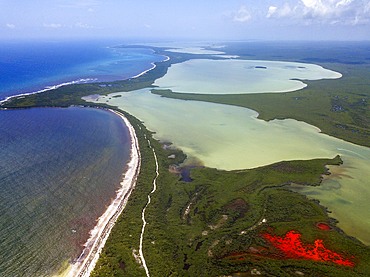
Aerial view of Punta Allen Sian Ka'an Reserve, Yucatan Peninsula, Mexico. Red lagoon near Boca Paila Bridge.
In the language of the Mayan peoples who once inhabited this region, Sian Ka'an means Origin of the Sky. Located on the east coast of the Yucatán peninsula, this biosphere reserve contains tropical forests, mangroves and marshes, as well as a large marine section intersected by a barrier reef. It provides a habitat for a remarkably rich flora and a fauna comprising more than 300 species of birds, as well as a large number of the region's characteristic terrestrial vertebrates, which cohabit in the diverse environment formed by its complex hydrological system.
Along its roughly 120 kilometres of coastline, the property covers over 400,000 hectares of land ranging from sea level to only ten m.a.s.l. The property boasts diverse tropical forests, palm savannah, one of the most pristine wetlands in the region, lagoons, extensive mangrove stands, as well as sandy beaches and dunes. The 120,000 hectares of marine area protect a valuable part of the Mesoamerican Barrier Reef and seagrass beds in the shallow bays. The lush green of the forests and the many shades of blue of the lagoons and the Caribbean Sea under a wide sky offer fascinating visual impressions.
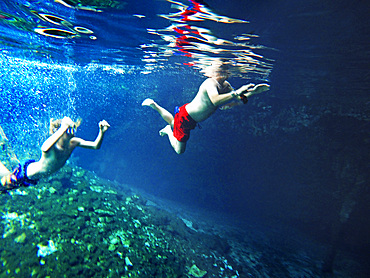
Gran Cenote de Tulum in Yucatan Peninsula, Quintana Roo, Mexico. There are thousands of cenotes dotted all over Mexico���s Yucatan Peninsula, and their existence is as much a defining characteristic of the region as is the distinct geological feature from which they result. Once revered by the ancient Mayans as sacred wells, they are now magnets for tourists, adventurers, and explorers alike.

Palms and old pier in Punta Allen Sian Ka'an Reserve, Yucatan Peninsula, Mexico.
In the language of the Mayan peoples who once inhabited this region, Sian Ka'an means Origin of the Sky. Located on the east coast of the Yucatán peninsula, this biosphere reserve contains tropical forests, mangroves and marshes, as well as a large marine section intersected by a barrier reef. It provides a habitat for a remarkably rich flora and a fauna comprising more than 300 species of birds, as well as a large number of the region's characteristic terrestrial vertebrates, which cohabit in the diverse environment formed by its complex hydrological system.
Along its roughly 120 kilometres of coastline, the property covers over 400,000 hectares of land ranging from sea level to only ten m.a.s.l. The property boasts diverse tropical forests, palm savannah, one of the most pristine wetlands in the region, lagoons, extensive mangrove stands, as well as sandy beaches and dunes. The 120,000 hectares of marine area protect a valuable part of the Mesoamerican Barrier Reef and seagrass beds in the shallow bays. The lush green of the forests and the many shades of blue of the lagoons and the Caribbean Sea under a wide sky offer fascinating visual impressions.
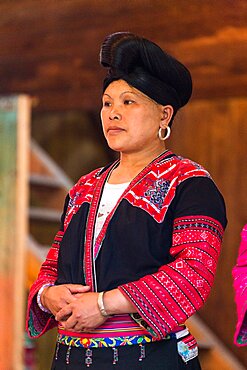
Portrait of a Red Yao ethnic minority woman showing her characteristic traditional attire, Huangluo, China.
